After a stroke, one of the first decisions families face is choosing between inpatient rehabilitation and home-based recovery
Both have their benefits — but they serve different needs and stages of healing. Understanding the differences will help you choose what’s best for your loved one.
Inpatient Rehabilitation: Intensive and Supervised
Inpatient rehab programs are designed for the early stages of stroke recovery, especially for patients with severe impairments who need round-the-clock care.
- When it’s recommended: In the first weeks after a major stroke, when medical supervision and equipment are necessary for safety.
- Key advantages:
- 24/7 medical monitoring.
- Structured physical, occupational, and speech therapy multiple times per day.
- Fast feedback and adjustment from a multidisciplinary team.
- Limitations:
- High cost and limited insurance coverage (often 2–4 weeks).
- Once discharged, many patients struggle to maintain progress at home.
Summary: Inpatient programs are excellent for stabilization and early gains, but recovery must continue at home for lasting results.
Home-Based Rehabilitation: Real-Life Practice Every Day
Once a patient is medically stable, consistent home-based rehab becomes the most powerful tool for long-term progress. Recovery doesn’t stop when the hospital stay ends — it truly begins at home.
- Advantages of home-based rehab:
- Comfortable environment reduces stress and promotes motivation.
- Family members can actively participate in daily therapy.
- Practice movements in real-life settings (stairs, kitchen, bathroom).
- Build long-term consistency — the key to neuroplasticity (how the brain rewires itself).
- Challenges: Requires structure, guidance, and a consistent daily plan to prevent plateau.
How BBT Rehab Bridges the Two
BBT Rehab offers a doctor-recommended home-based system that combines therapeutic exercises with advanced neurological support. It’s designed to extend recovery beyond the hospital and keep progress steady month after month.
- Daily guided movements: Short, progressive exercise sessions for balance, strength, and coordination.
- Cognitive and speech activities: Rebuild memory, focus, and communication.
- Neuro-supportive supplement — Bricina: Enhances blood flow and neurotransmission to help the brain reconnect with the body faster.
- Progress tracking: Families can monitor improvements weekly and adjust goals as needed.
BBT Rehab doesn’t replace hospital therapy — it continues and amplifies it. Many families use it as the next stage after discharge to keep momentum strong.
Quick Comparison
- Inpatient Rehab: High-intensity, short-term, focused on stabilization.
- Home-Based Rehab: Moderate-intensity, long-term, focused on independence and real-life skills.
- Best approach: Combine both — start inpatient if needed, then continue daily with BBT Rehab at home for months 2–6.
Sample Home Routine (20–30 Minutes)
- Warm-up (3–5 min): Breathing and gentle range-of-motion stretches.
- Main block (15–20 min): Standing balance, light resistance, and hand coordination tasks (grip, reach, lift).
- Cool-down (3–5 min): Stretch spastic muscles and relax joints.
Consistency matters more than intensity — just 20 minutes a day, 5–6 days per week, can make a lasting difference.
What Families Are Saying
“After 3 months at home using BBT Rehab, my husband could walk again — something we thought would take a year.”
— Maria S., Florida
Final Thoughts
Inpatient rehabilitation helps patients restart their journey. Home-based rehabilitation — especially with a structured system like BBT Rehab — helps them finish it. Real recovery happens where life happens: at home, every single day.
Support your loved one’s recovery today. Start your home-based program with BBT Rehab — combining brain, nerve, and muscle restoration into one simple plan.
Start now: www.bbtrehab.com
Suggested Hashtags
#StrokeRecovery #BBTRehab #Bricina #HomeRehab #StrokeAwareness #Neuroplasticity #StrokeSurvivor #BrainHealing #HopeAfterStroke

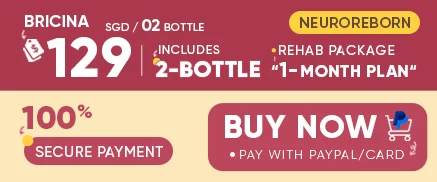
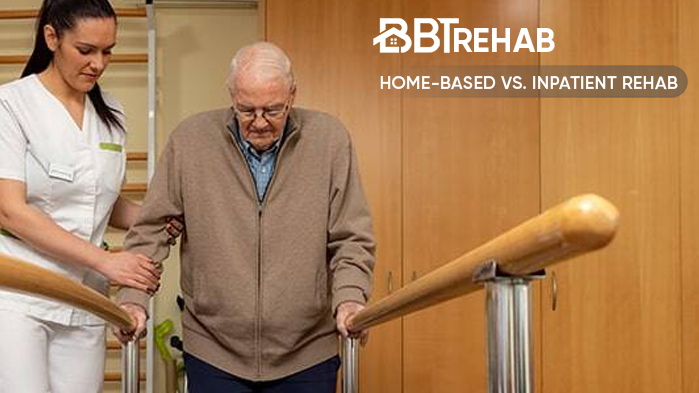


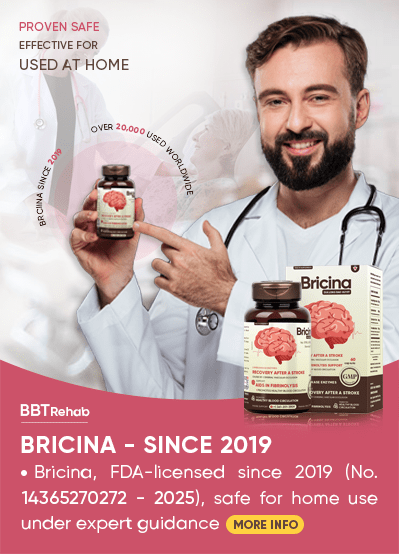


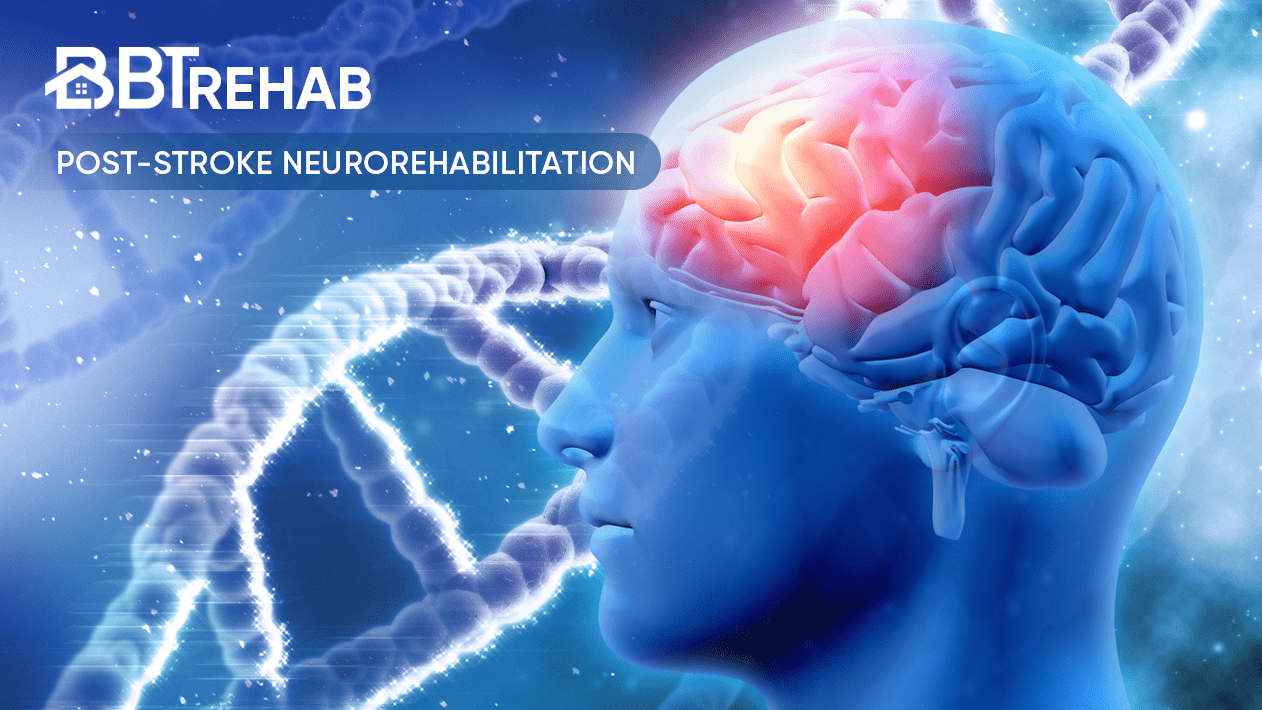
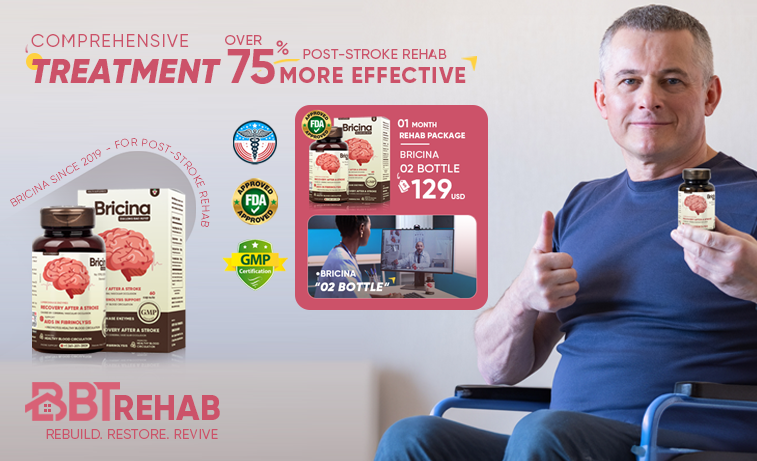

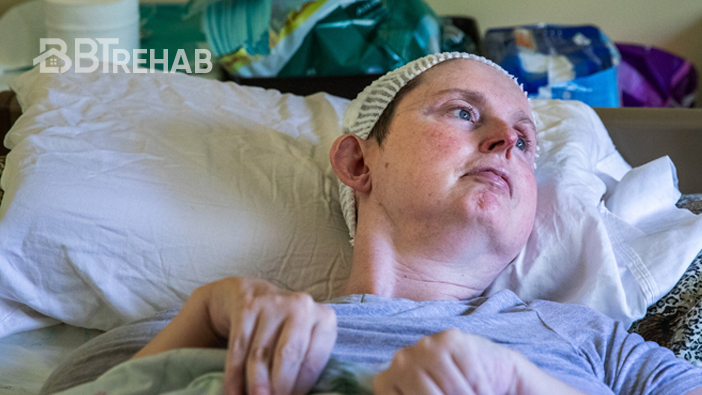



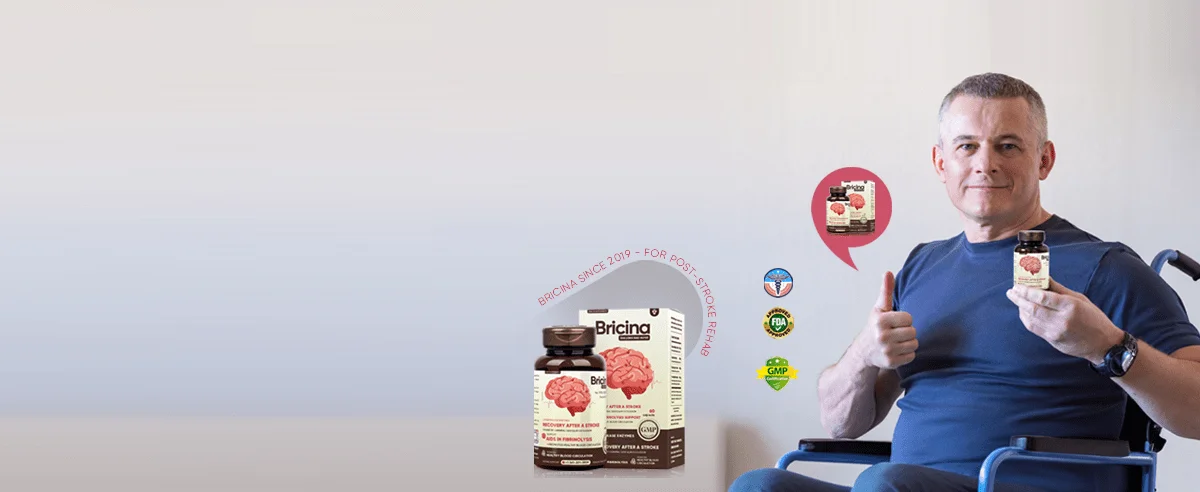


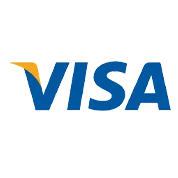
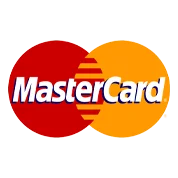


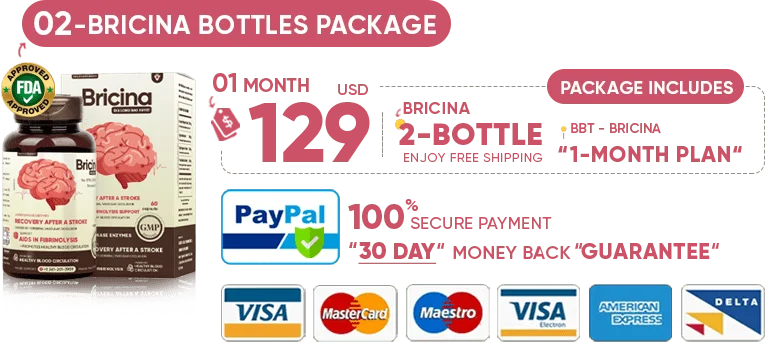
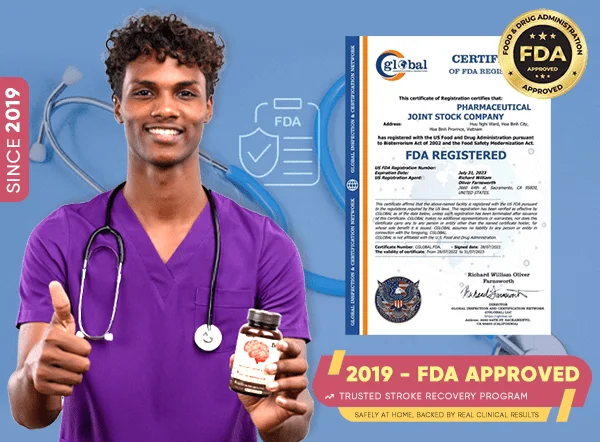 Every component undergoes rigorous safety and performance checks, ensuring stroke survivors receive a trusted and effective home-based rehabilitation solution.
Every component undergoes rigorous safety and performance checks, ensuring stroke survivors receive a trusted and effective home-based rehabilitation solution.